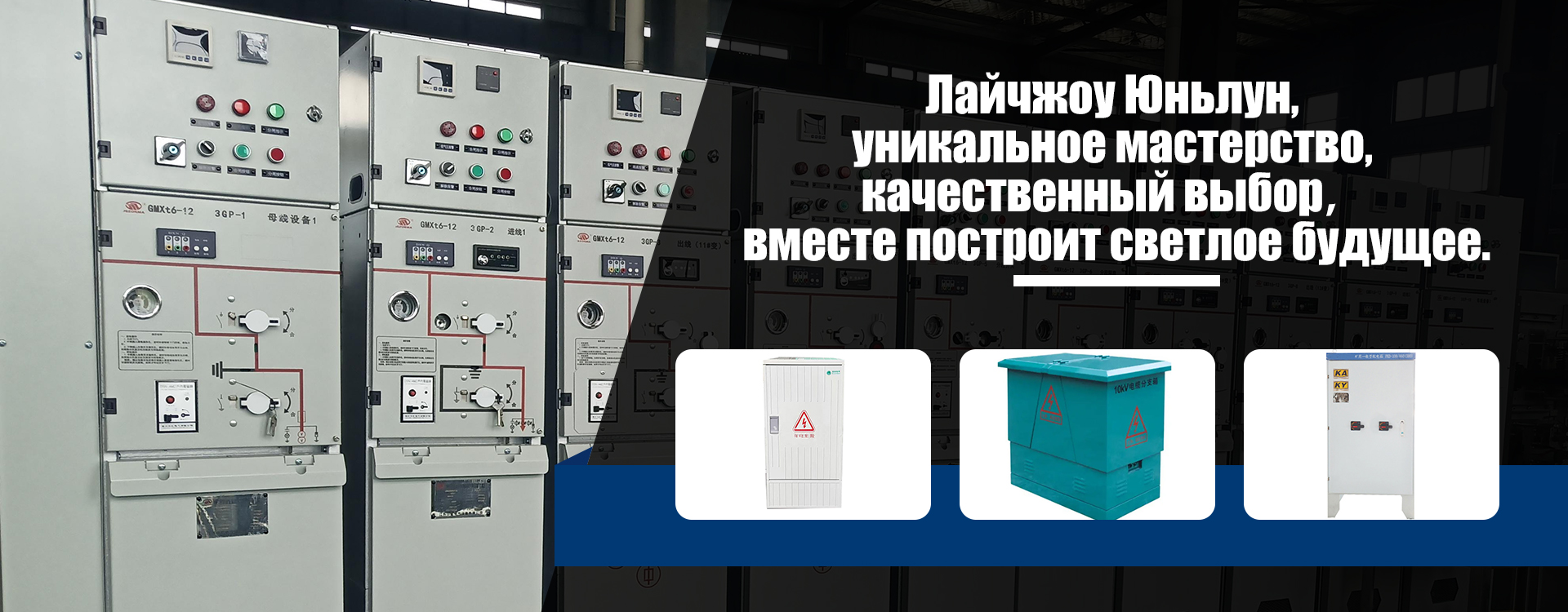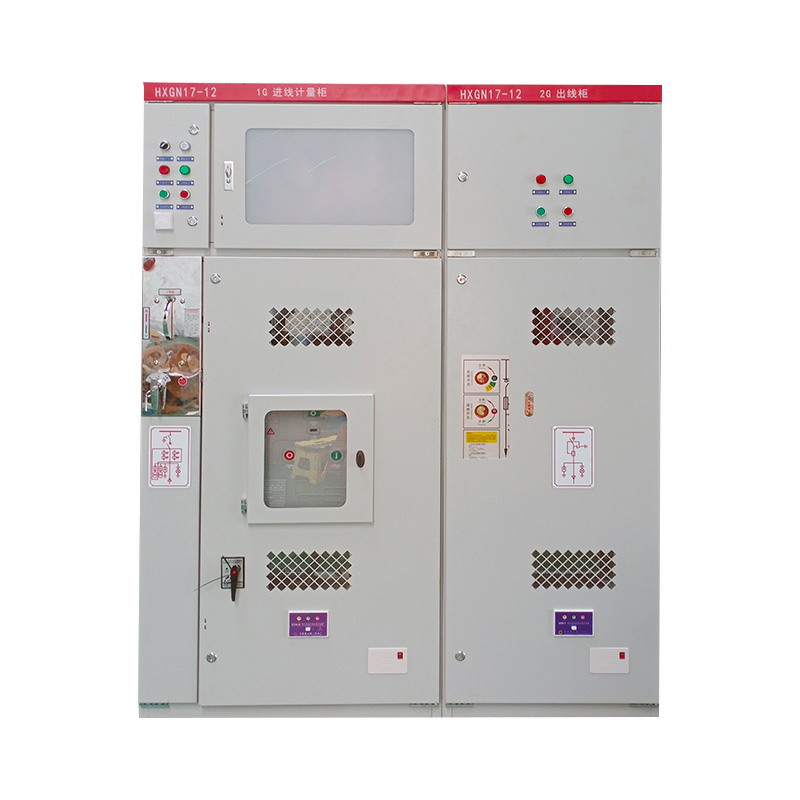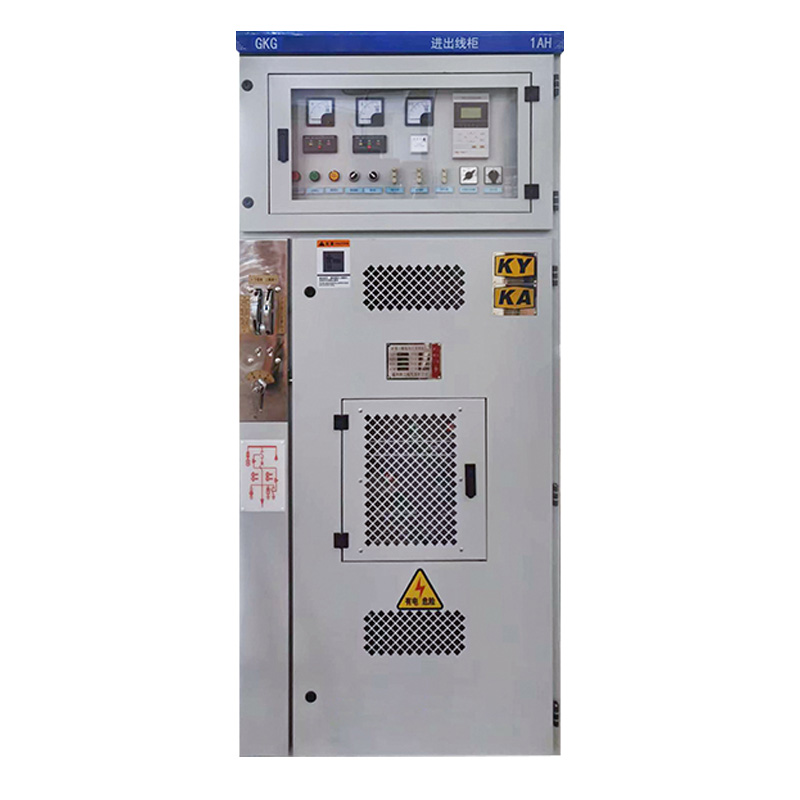
Cable tray size
Cable tray: Dimensions - an important choice
The choice of a cable tray is a task that may seem simple at first glance, but in fact it requires attention to the details. The correctly selected tray will provide a reliable and safe laying of cables, and the wrong one can lead to problems, ranging from the inconvenience during installation and ending with the risks of fire. The key factor when choosing is, of course, the size.
Standard sizes and their purpose
Manufacturers offer a wide range of cable trays of various sizes. Usually the width and height of the tray, as well as the depth (altitude of the side) are indicated. These parameters directly depend on the quantity and diameter of the cables that are planned to lay in it. For example, for a small amount of thin wires, a tray with a small width and height is suitable. For large cables and tourniques, on the contrary, you will need a tray with a larger capacity. It is important not to forget about the filling coefficient - you should not overflow the tray, leave a supply for the convenience of maintenance and prevent overheating. Standard dimensions vary from miniature, suitable for low -current networks, to large, designed for laying power cables.
Material and its influence on dimensions
The material of the tray also affects its overall dimensions. Steel trays, for example, can have thicker walls than similar from aluminum, which slightly increases their external dimensions with the same bearing capacity. Plastic trays, as a rule, are easier and can have more diverse shapes, but their strength and permissible load can be lower. When choosing the material and, accordingly, sizes, it is necessary to take into account the operating conditions - the level of humidity, the aggressiveness of the medium and the alleged mechanical loads.
The correct calculation is the key to success
Before buying cable trays, it is necessary to conduct a thorough calculation. Consider not only the amount and diameter of the cables, but also the laying route, the presence of turns and branches. It may be necessary to use trays of different sizes in different areas. Consult with specialists if you are not sure of your calculations. Cable trays are properly selected in size - this is the key to reliable and durable operation of the entire cable system. Do not save on quality and size - this can be expensive in the future.
AppropriateProducts
Corresponding products
The best soldproducts
The best -selling products-
 Complete low -voltage equipment GCS
Complete low -voltage equipment GCS -
 High voltage distribution cabinet HXGN15-12
High voltage distribution cabinet HXGN15-12 -
 High voltage cable branch box
High voltage cable branch box -
 Complete low -voltage equipment JXF
Complete low -voltage equipment JXF -
 Complete low -voltage equipment GKK
Complete low -voltage equipment GKK -
 Complete low-voltage equipment XL-21
Complete low-voltage equipment XL-21 -
 Opening and closing external intelligent station
Opening and closing external intelligent station -
 GGD stationary cabinet 600-1500A
GGD stationary cabinet 600-1500A -
 High voltage distribution cabinet KYN61-40.5
High voltage distribution cabinet KYN61-40.5 -
 Inflatable annular network cabinet
Inflatable annular network cabinet -
 GGD stationary cabinet 1600-4000A
GGD stationary cabinet 1600-4000A -
 GKD low voltage
GKD low voltage
Connectedsearch
Related search- The price of cheap distribution devices
- Suppliers of CTP substations in China
- Cheap distribution devices for substations Plant
- Transformer substations 0.4
- Suppliers of cheap floor cabinets
- Shield Distribution Short P
- Leading supplier countries for installing distribution shields in China
- Equipment production plants for electricity distribution in China
- Cheap distribution devices of inspection in the main buyer countries
- Cable tray fastener price in China





